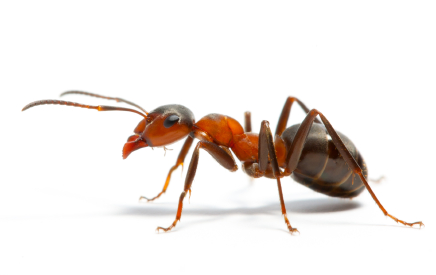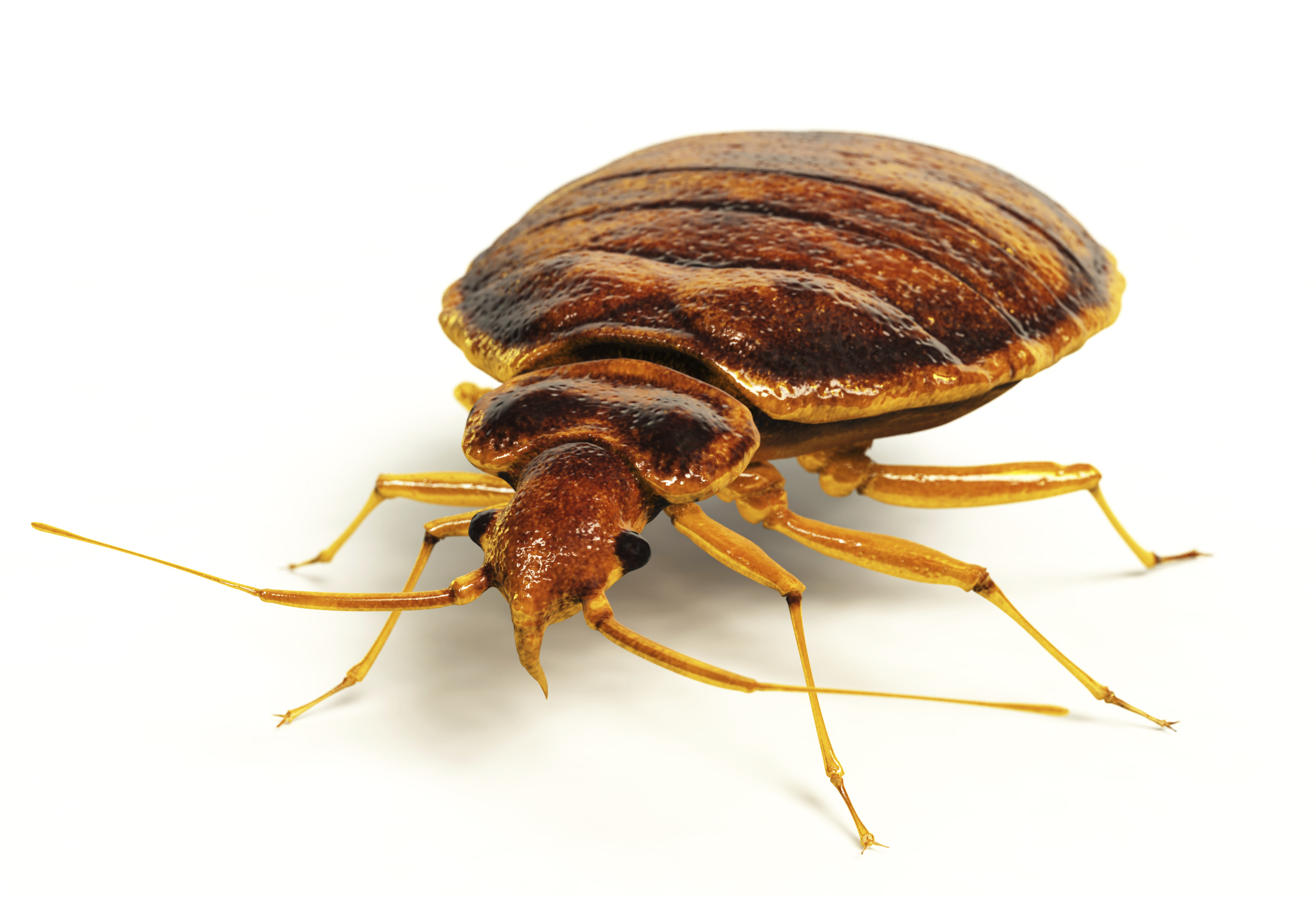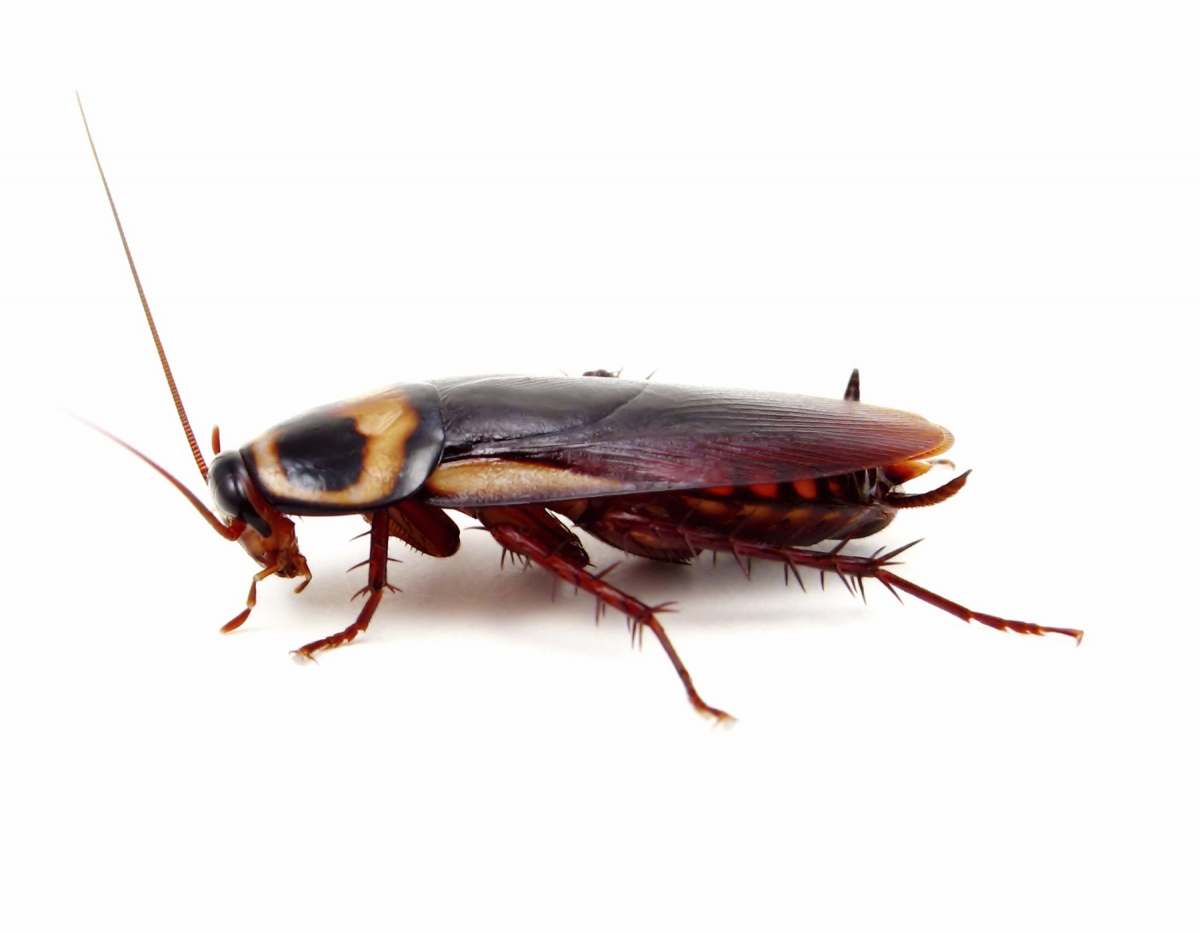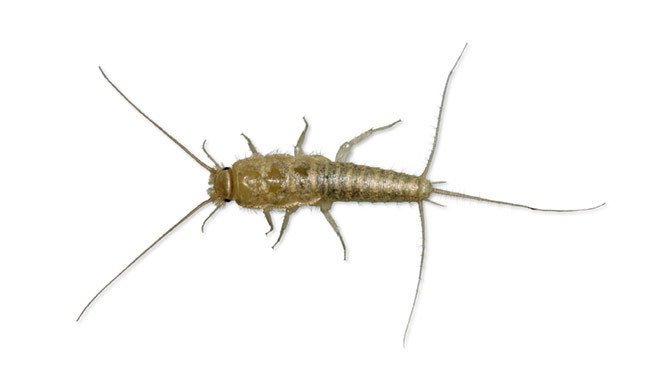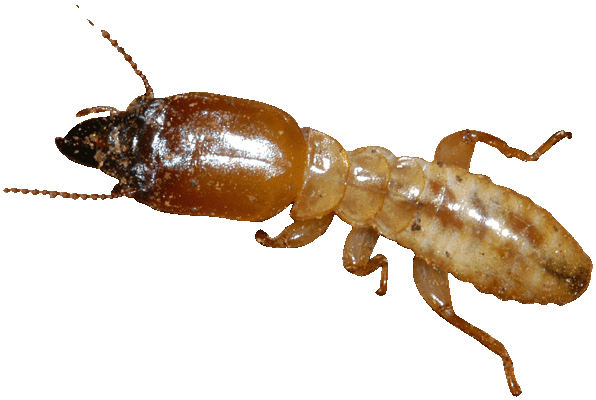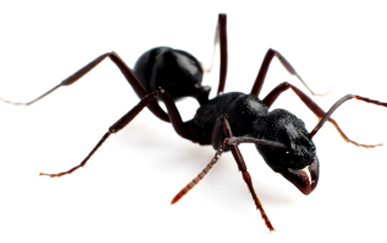Termite and Pest Education, A-Z
Here's a few things you need to know about the top common pests...
Ants are the number one pest problem for homeowners that, for the most part, are nothing more than a nuisance. Ants live in permanent nests, which depending on the species, may be in the soil, in timber, under pavers, in wall cavities or roof voids. Even the cleanest of homes can provide a ready food source for ants which once found can invade in large numbers. They are best eliminated by finding the nest and treating the colony. A colony can live up to 15 years.
Bed bugs are parasitic insects of the cimicid family that feed exclusively on blood. The common bed bug, is the best known as it prefers to feed on human blood. A number of adverse health effects may result from bed bug bites, including skin rashes, psychological effects, and allergic symptoms. Adult bed bugs are light brown to reddish-brown, flattened, oval-shaped and have no hind wings. Easy to spread, dwellings can become infested with bed bugs in a variety of ways, such as:
- Bugs and eggs inadvertently brought in from other infested dwellings by visiting pets; or a visiting person's clothing or luggage;
- Infested items (such as furniture, clothing, or backpacks) brought in;
- Nearby dwellings or infested items, if easy routes are available for travel (through duct work or false ceilings);
- Wild animals (such as bats or birds) that may also harbor bed bugs or related species;
- People or pets visiting an infested area (apartment, subway, movie theatre, or hotel) and carrying the bugs to another area on their clothing, luggage, or bodies.
Bed bugs are elusive and usually nocturnal, which makes noticing them difficult. They live in dark crevices, and the tiny adhesive eggs can be nestled by the hundreds in fabric seams. Aside from bite symptoms, signs include fecal spots (small dark sand-like droppings that occur in patches around and especially beneath nests), blood smears on sheets (fecal spots that are re-wetted will smear like fresh blood), and the presence of their empty molted exoskeletons.Beetles are the most common of insects. About 3⁄4 of beetle species are phytophagous in both the larval and adult stages, living in or on plants, wood, fungi, and a variety of stored products, including cereals, tobacco, and dried fruits. Because many of these plants are important for agriculture, forestry, and the household, the beetle can be considered a pest. While many beetles can be beneficial, others can sometimes become pests and rather destructive by consuming your plants and even sometimes your furniture.
Cockroaches are one of the oldest groups of insects, indicating how successful they have been in adapting to changes in their environments. One reason for this success may be related to diet--they are scavengers and will eat anything organic. They prefer food sources such as starches, sweets, grease and meat products, but other items may include cheese, beer, leather, glue, hair, starch in book bindings, flakes of dried skin or decaying organic matter (plant or animal).
Cockroaches are attracted to warm, moist environments. They spend the daylight hours in dark, secluded sites under refrigerators, stoves, false bottoms in kitchen cabinets, in the backs of cabinets and in crevices between baseboards and floors or cabinets and walls. They may also be found behind pictures or within electronic equipment. A number of these openings will ultimately lead to voids in the stud walls. The insects leave these sites at night to forage for food and water. The presence of cockroaches during the day may indicate a large population. Cockroaches can be carriers of various diseases because they are commonly found near waste deposits or in the kitchen, where food is present. Restaurants may also experience cockroach infestations.
Cockroaches can measure over one inch in length on average. They have six legs, two antennae and wings. Cockroaches emit unpleasant odors and may also produce sound.
Fleas are parasitic, wingless insects (1/16 to 1/8-inch (1.5 to 3.3 mm) long) that are agile, usually dark colored (for example, the reddish-brown of the cat flea), with tube-like mouth-parts adapted to feeding on the blood of their hosts. Their legs are long, the hind pair well adapted for jumping: a flea can jump vertically up to 7 inches and horizontally up to 13 inches.
Combating a flea infestation in the home takes patience because for every flea found on an animal, there could be many more developing in the home. Attaching themselves to pets and other animals, fleas lay their eggs on their host, which may then infest carpets, bedding or furniture. Fleas also feed on humans and some people have flea allergies. Fleas may also carry diseases like typhus and tularemia. Merely controlling your pet's flea issue will not resolve the problem once it is in your home. This is when professional measures must be take to eliminate the matter entirely.
Gnats are members of the fly family. They reproduce quickly and populate infested areas in swarms. Fungus gnats and fruit flies can be the most annoying pests to homeowners. Locating and eliminating the food source is the best option for controlling an gnat problem.
Rodents are mammals of the order Rodentia, characterised by a single pair of continuously growing incisors in each of the upper and lower jaws which must be kept short by gnawing. Rats can cause electrical fires in buildings by gnawing through plastic electrical junction boxes. Rats continuously gnaw on various hard objects to keep their constantly growing incisor teeth cut down. Rodents are carriers of several diseases and cause health risks to humans from their droppings and constant incontinence (they use urine trails to find their way in the dark).
Rats and mice live in drains, under concrete, in sub-floors and in garbage refuse areas, kitchens, roof voids and other areas where a potential food and moisture source is available. Rodents can become a serious problem in cold winter months as well as in areas close to water.
Mosquitoes are members of a family of nematocerid flies: the Culicidae(from the Latin culex, genitive culicis meaning "midge" or "gnat"). The females of many species of mosquitoes are blood eating pests
Mosquitoes are carriers, or vectors, for some of humanity’s most deadly illnesses, and they are public enemy number one in the fight against global infectious disease. Mosquito-borne diseases cause millions of deaths worldwide every year with a disproportionate effect on children and the elderly in developing countries.
Silverfish or fishmoth, is a small, wingless insect in the order Thysanura. Its name derives from the animal's silvery light grey and blue colour, combined with the fish-like appearance of its movements. Cellulose, shampoos, glue in books, linen, silk and dead insects may be food sources. They are nocturnal, and they can be found in basements, bathrooms, garages, closets, beds, pillows, attics and hospitals. Addressing a silverfish infestation requires treatment of both adult silverfish and their eggs.
Spiders (order Araneae) are air-breathing arthropods that have eight legs and chelicerae with fangs that inject venom. Spiders feed on other insects. Some species of spiders like moist, damp parts of buildings while other species prefer dry, warm areas such as vents, corners of rooms and attics.
Stink Bugs get their name from an unpleasant smelling chemical they emit as a defense mechanism. When predators attempt to eat them they will almost invariably stop due to the bad smell they emit.
Food for Stink Bugs comes from green vegetation such as leaves, grasses, shrubs and other green leaved plants. As a pest they are really only an annoyance to most home owners as they do not do any structural damage to your home or property and are not known carriers of any harmful diseases. However, to farmers they can be devastating wiping out entire crops and destroying harvests.
Termites are a group of eusocial insects that, until recently, were classified at the taxonomic rank of order Isoptera (seetaxonomy below), but are now accepted as the epifamily Termitoidae, of the cockroach order Blattodea. Termites mostly feed on dead plant material, generally in the form of wood, leaf litter, soil, or animal dung, and about 10% of the estimated 4,000 species (about 2,600 taxonomically known) are economically significant as pests that can cause serious structural damage to buildings, crops or plantation forests. Termites are major detritivores, particularly in the subtropical and tropical regions, and their recycling of wood and other plant matter is of considerable ecological importance.

